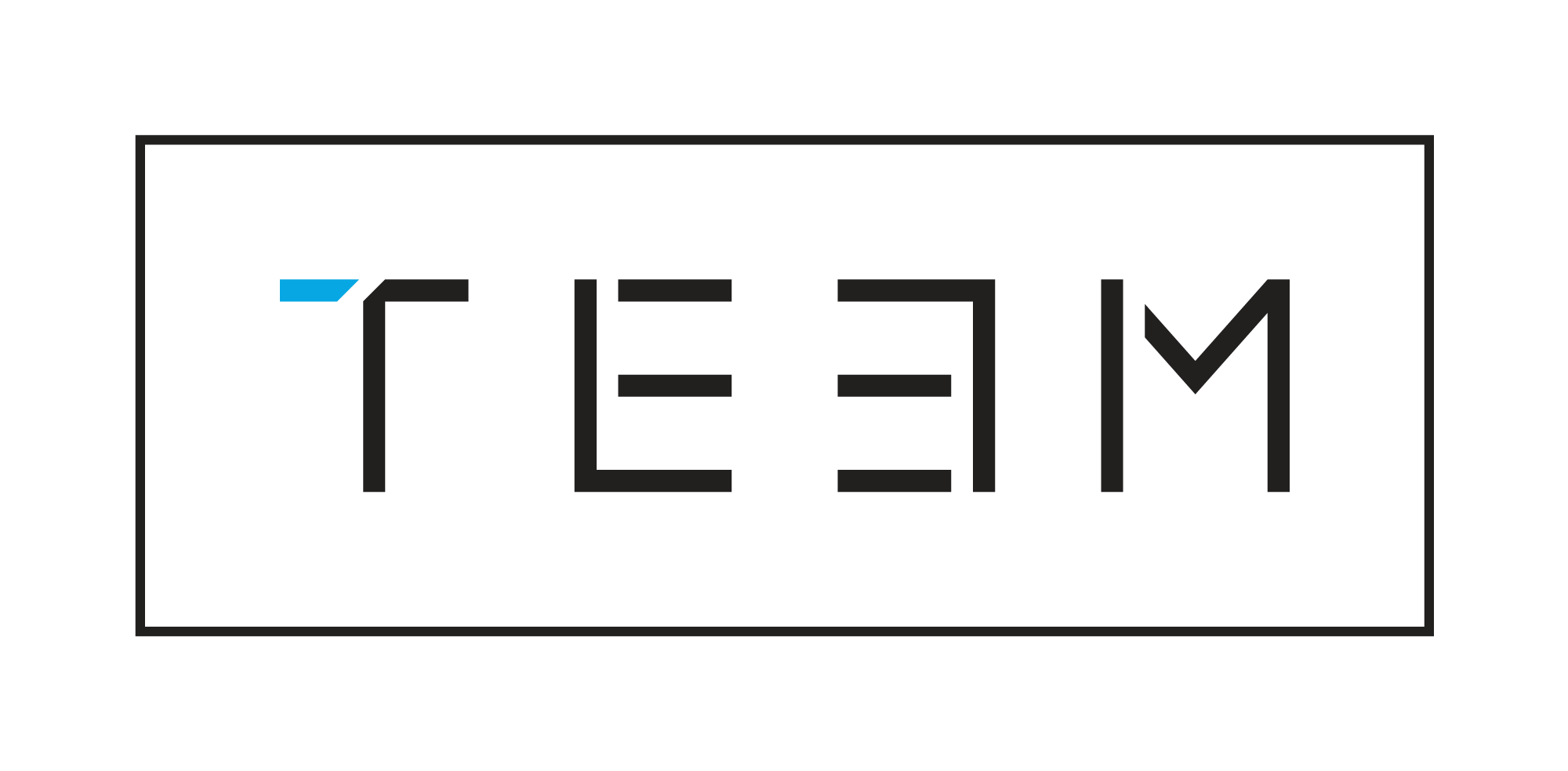One of the hardest parts about building a business is knowing how to talk about it to get new customers (or clients, consumers, users, advocates, donors, you name it). Your products and your services have so many fantastic features that it’s hard to know which ones to highlight. Many times companies use the shotgun approach to connect with customers and throw every feature and benefit out there, hoping something will stick. But with that approach you have to cast a very wide net hoping that your message and your brand attract someone (anyone). The wider the net the more money it costs to reach people.
We put together a workbook (DOWNLOAD IT HERE) to help you walk through the steps. This can be used if you’re a freelancer getting clients, a consumer brand getting consumers or even a startup getting investment. Our goal is to help companies figure out the right thing to say to the right people at the right time.
Here are the key pieces to know:
CUSTOMER SEGMENT: How can you possibly know what to say if you don’t know who you’re talking to. This is the place to get really specific. Even though your brand may be relevant to people age 2 to 102, it’s impossible to market to that many people. Figure out a specific audience – way beyond demographics – so you can get to know their pain points.
VALUE PROPOSITION: Once you know who you want to target, now you can identify what value you provide to them. It’s all based on their problems and your solutions but once you identify the value proposition, talking about your company is simple. Kissmetrics shows the value proposition another way.
EMPATHY MAP. The more you know about your audience the easier it is to connect with them and know what to say. Look into the things they worry about, hear about it, think about, and wonder.
BRAND PYRAMID . This is the place that starts to elevate you about everyone else. You can always be out-featured by someone else and that’s a no-win game. By going above features and benefits and knowing how to talk about your brand or company in an emotional way, you connect with people and keep them loyal to your brand (think iPhone versus Blackberry).
POSITIONING STATEMENT: All of these pieces wrap up into a nice summary of how to position your company in the marketplace. This can drive your taglines, marketing design and anything else you do to promote your brand.
It doesn’t matter the type of business you’re in or who you’re targeting as a customer; They need to know what makes you special and you need to make it easy for them to decide.
Questions about how to talk about yourself or your brand? Let us know.
Jeff Donaldson
jeff [at] atomic20.com
